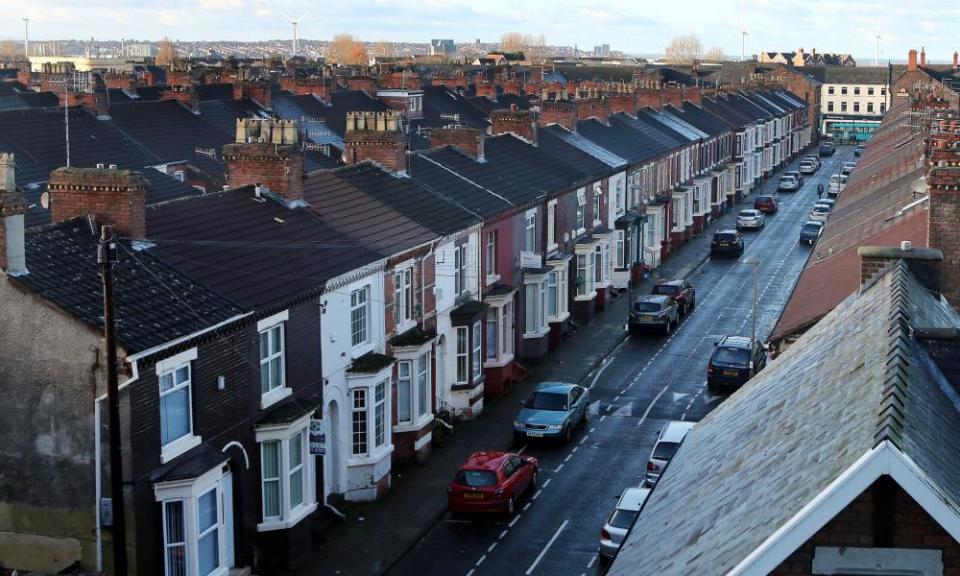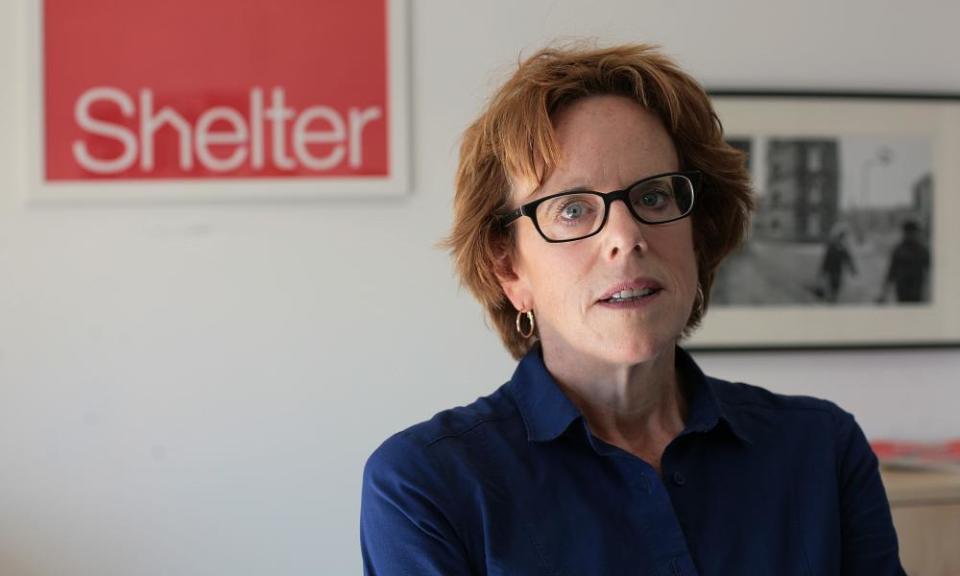Benefit-rent gap for poorest tenants widens to £113 a month

Benefit cuts mean Britain’s poorest private tenants are having to find an average of £113 a month to meet a shortfall between their housing benefit payments and their rent, putting many at risk of poverty and homelessness.
Official data obtained by housing charity Shelter found that London renters on full benefits faced the widest rent gap in cash terms, needing to find an average of £211.94 a month, followed by £139.66 in the east of England and £138.23 in the south-east of England.
Around 370,000 low-income households renting privately in Britain, including more than 100,000 families with children, struggle financially because housing allowances lag so far behind rents as a result of the benefit freeze.
Shelter said that for many people on housing benefit who are by definition on very low incomes these can be catastrophic amounts, forcing many to choose between paying rent and buying food. If they cannot meet the difference they are at risk of eviction.
Asked in a Shelter survey what sacrifices they had made in order to pay rent, 40% of private renters said they had cut back on buying clothes, 37% had used benefits earmarked for living costs, over a third had cut back on food, 28% had turned down the heating, and a third had sold possessions.
Related: Housebuilding data shows dearth of homes for affordable renting
Housing benefit levels have been frozen since 2016, part of a wider four-year freeze on working age benefits, which has fuelled an average 8% widening in the rent gap nationally between 2015 and 2018, with double-digit rent gap increases recorded in the south-east and east of England and the east Midlands.
Although ministers said last month the overall benefit freeze will end in April, it has emerged that housing benefit was not included in the announcement and a decision on this has been delayed for whoever forms the next government.

Shelter’s chief executive, Polly Neate, said: “The freeze on housing benefit is pushing families into poverty and homelessness. People are being forced into desperate measures to pay their rent from selling their possessions and borrowing money to skipping meals.”
She called on the next government to urgently raise housing benefit rates. “Politicians kicking [the housing benefit freeze decision] into the long grass means too many families will struggle through the winter, weighing up whether to pay their heating bill or their rent.”
Shelter cited the case of Carla Hinch-Worman of Peterborough who is bedbound with a degenerative disease and needs 24-hour care. She currently rents a two-bedroom bungalow with her husband and teenage son, but because of a £200 housing benefit shortfall she must top up the rent with cash from her disability allowance.
The Shelter rent gap analysis was based on Department for Work and Pensions (DWP) data obtained through freedom of information requests. The data covers tenants in the private rented sector who have low levels of savings and are almost entirely dependent on benefits for their income.
DWP spokesperson said: “Local housing allowance rates are intended to help ensure those in receipt of benefits face the same financial choices as those who do not receive welfare support. More than 360 local housing allowance rates have increased this year by targeting extra funding at low-income households. More than 58,000 households have moved out of the benefit cap due to starting a job, increasing their earnings or increasing their hours.”

 Yahoo Finance
Yahoo Finance 